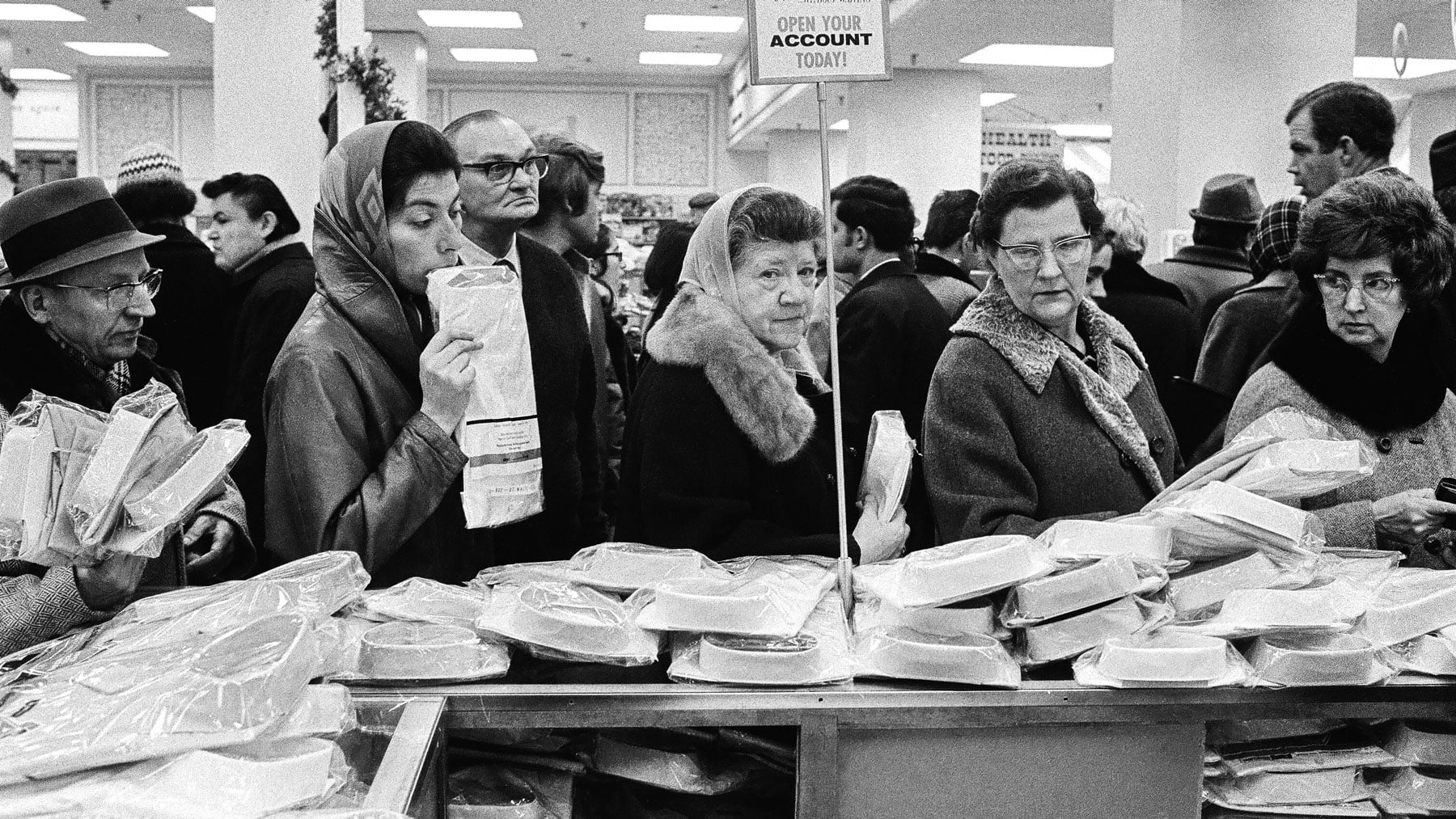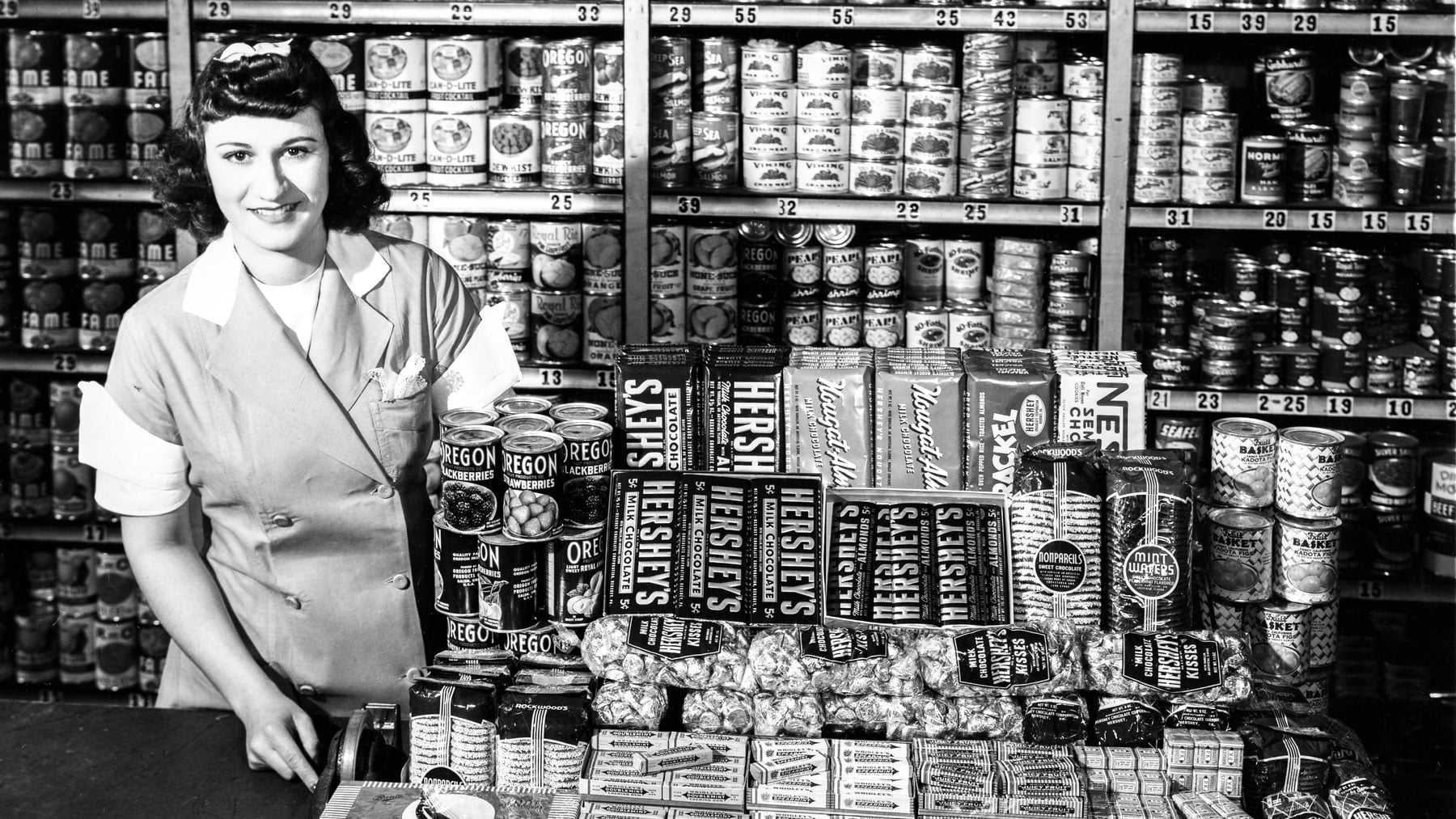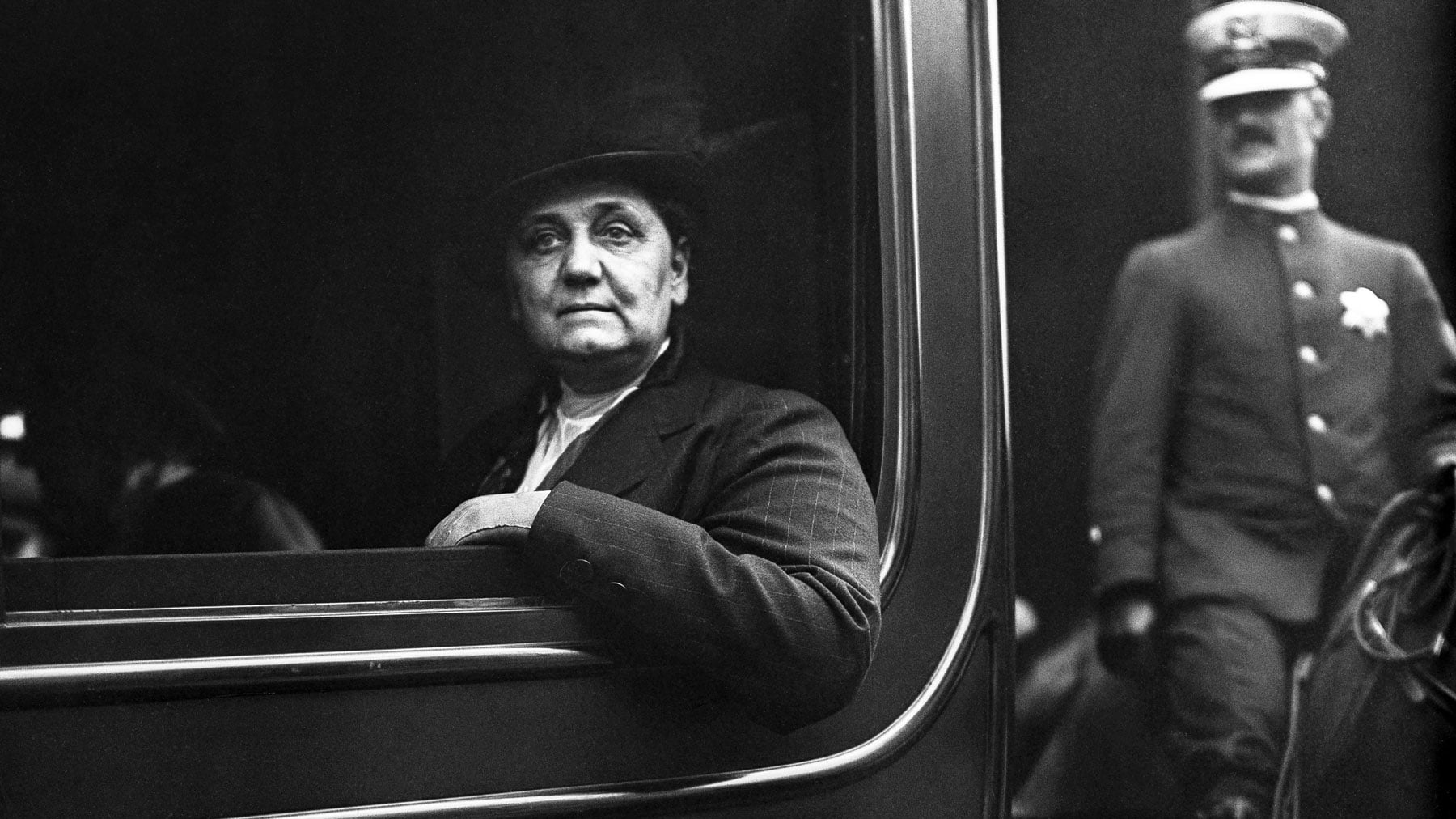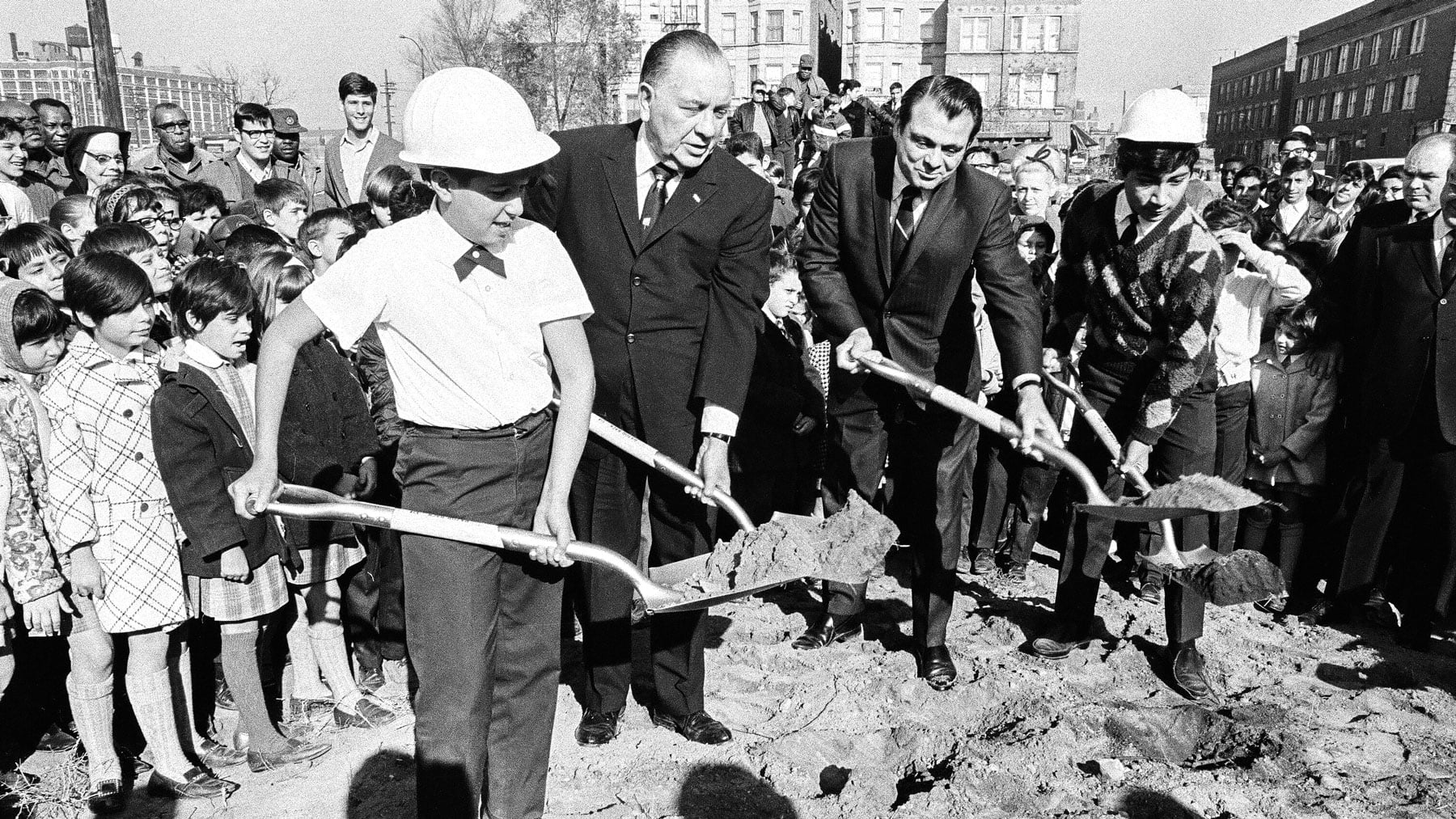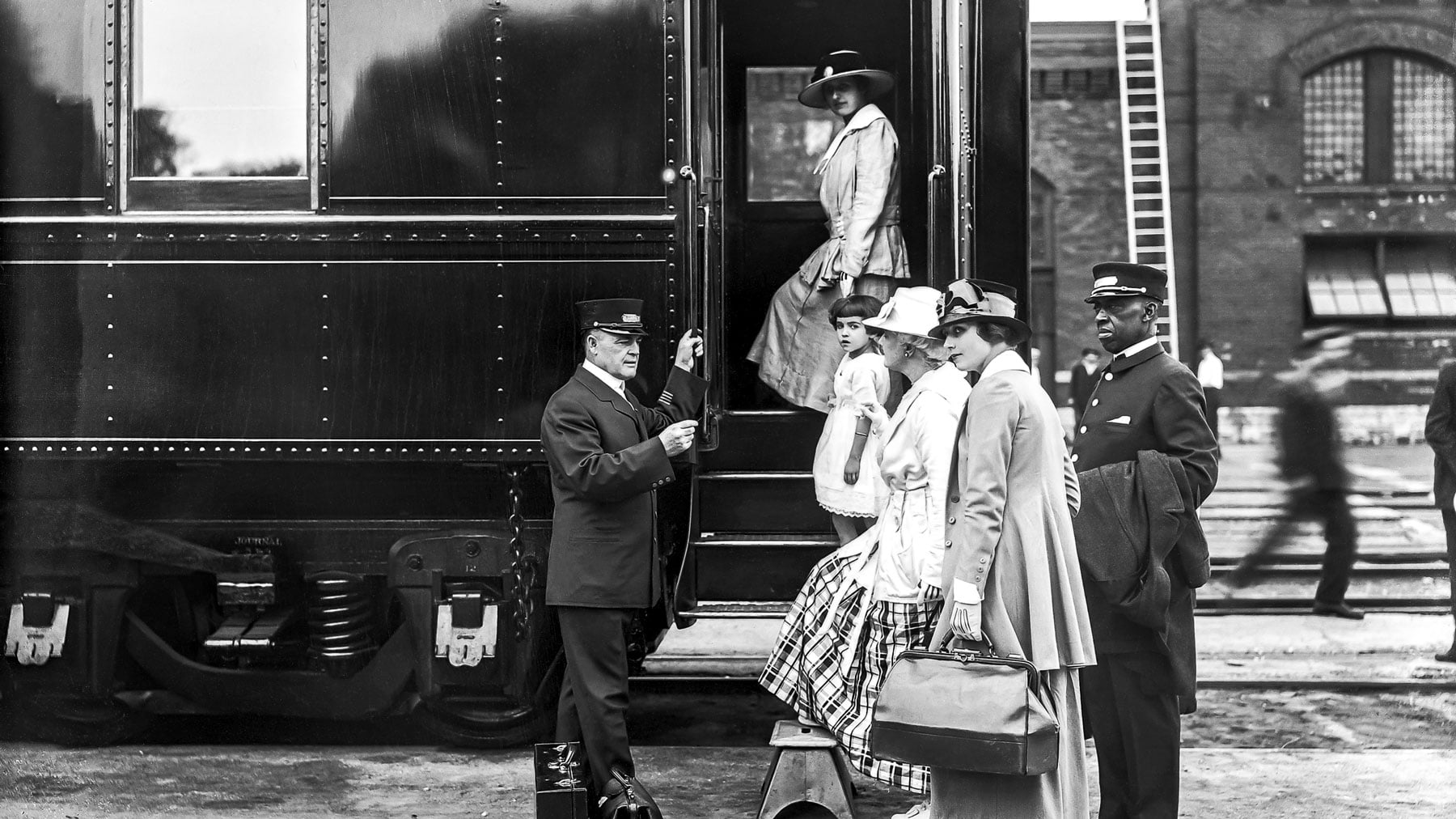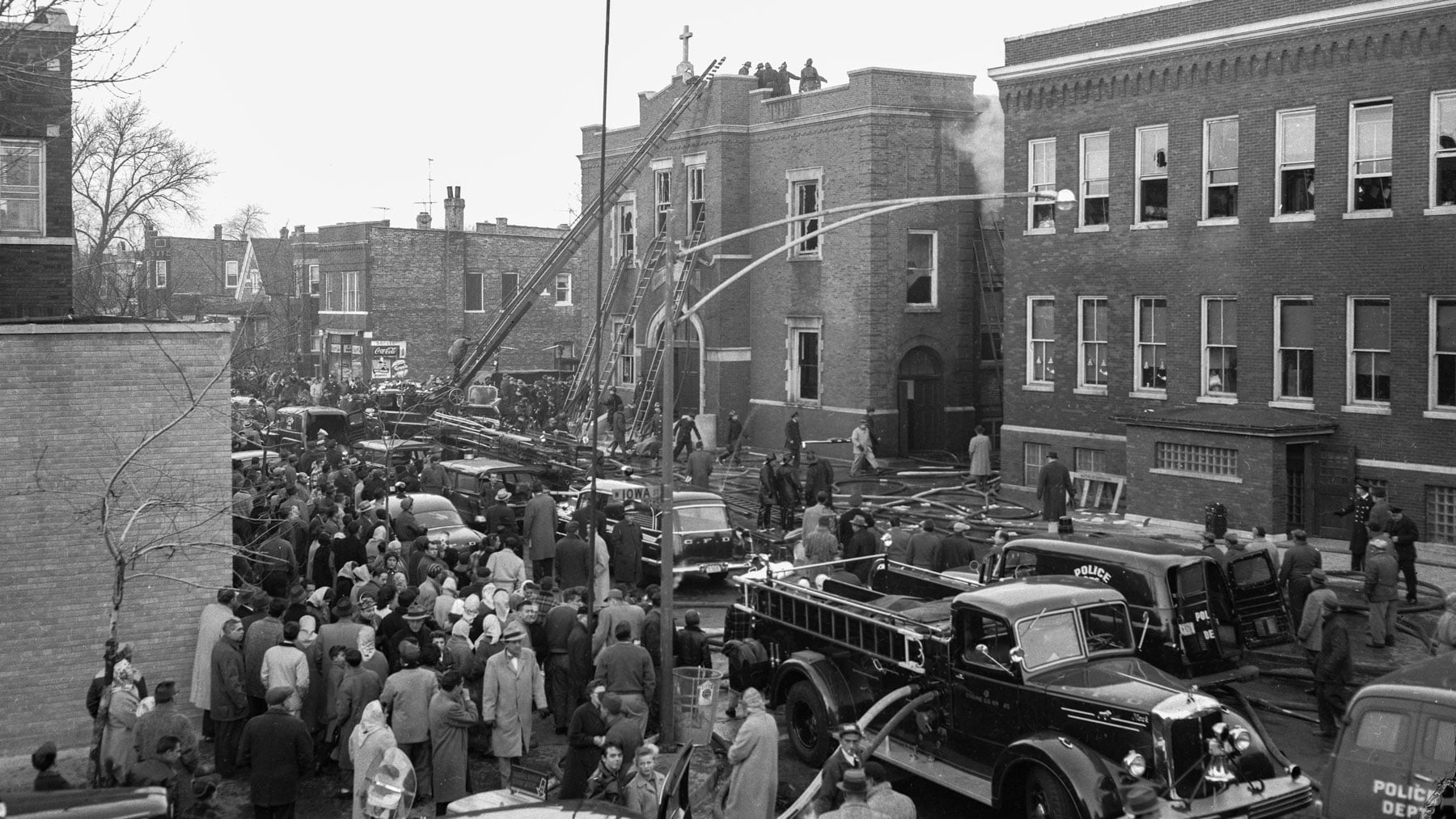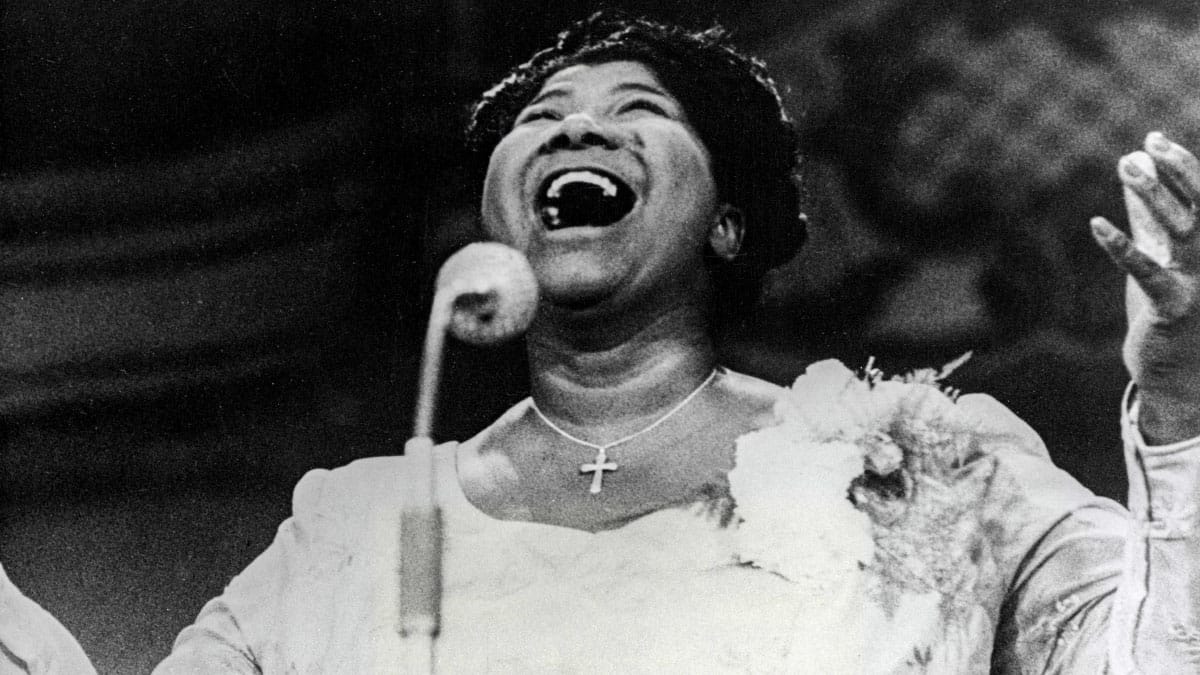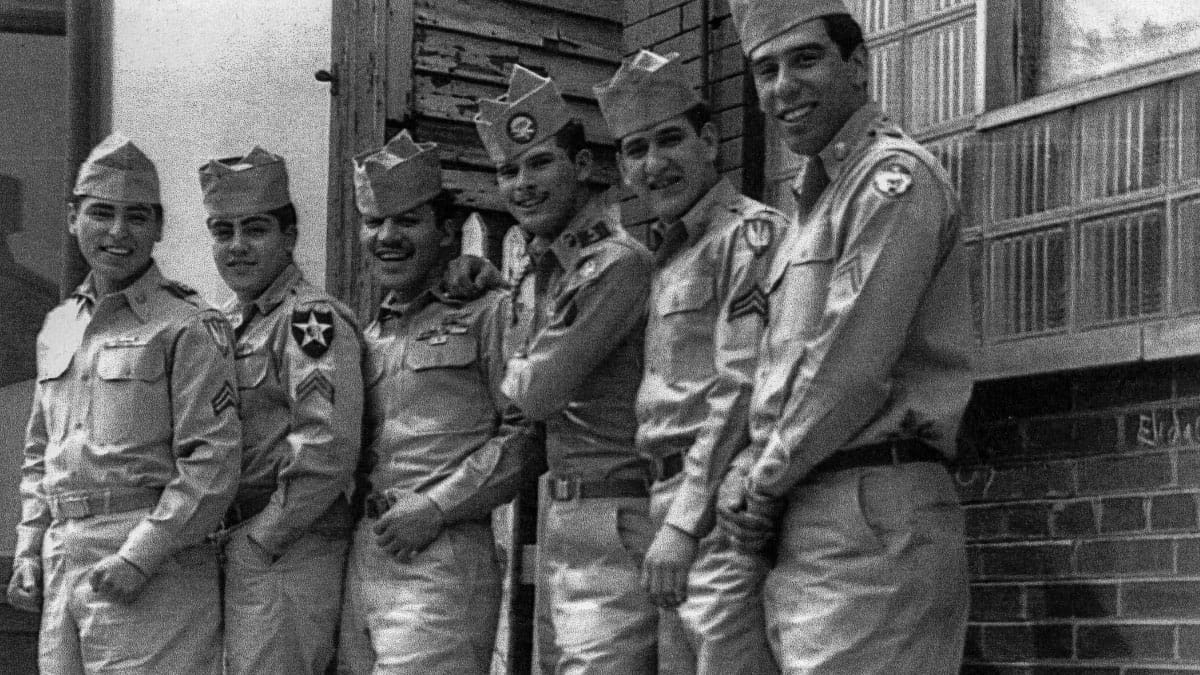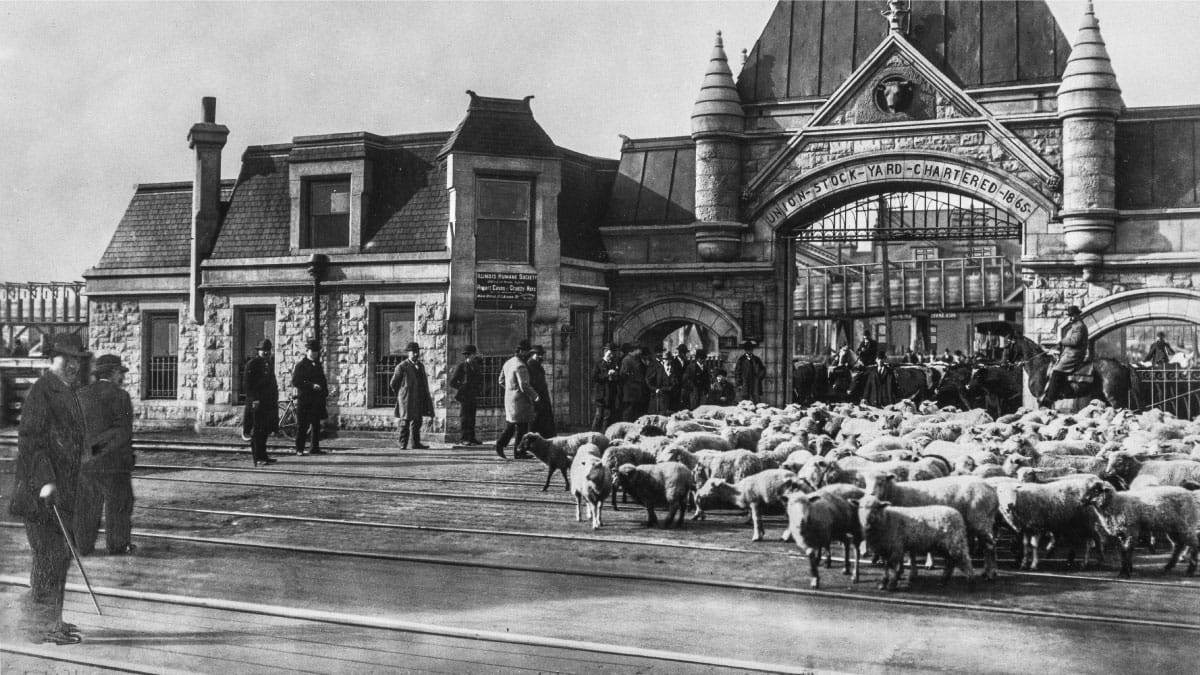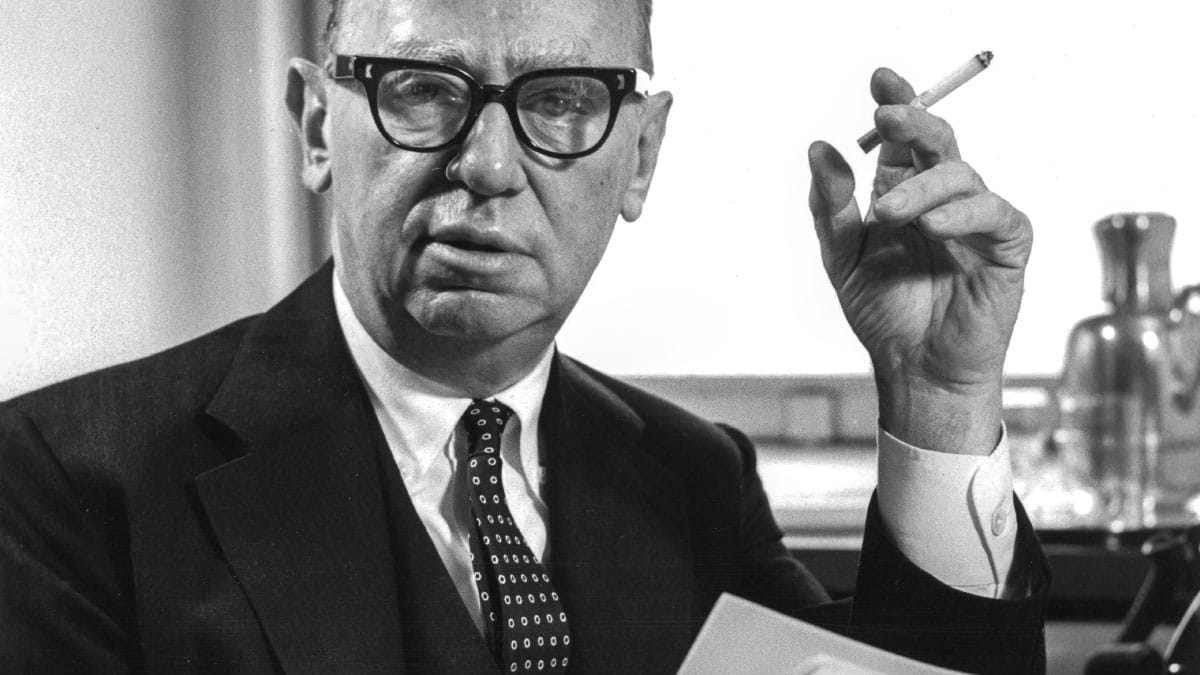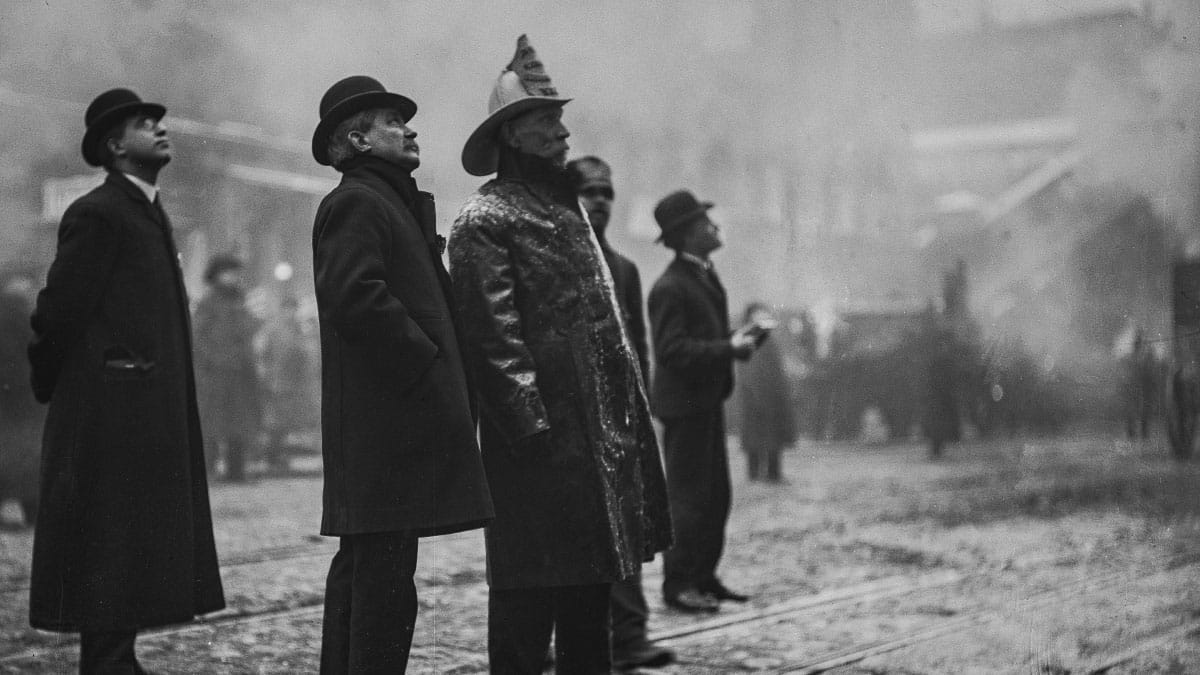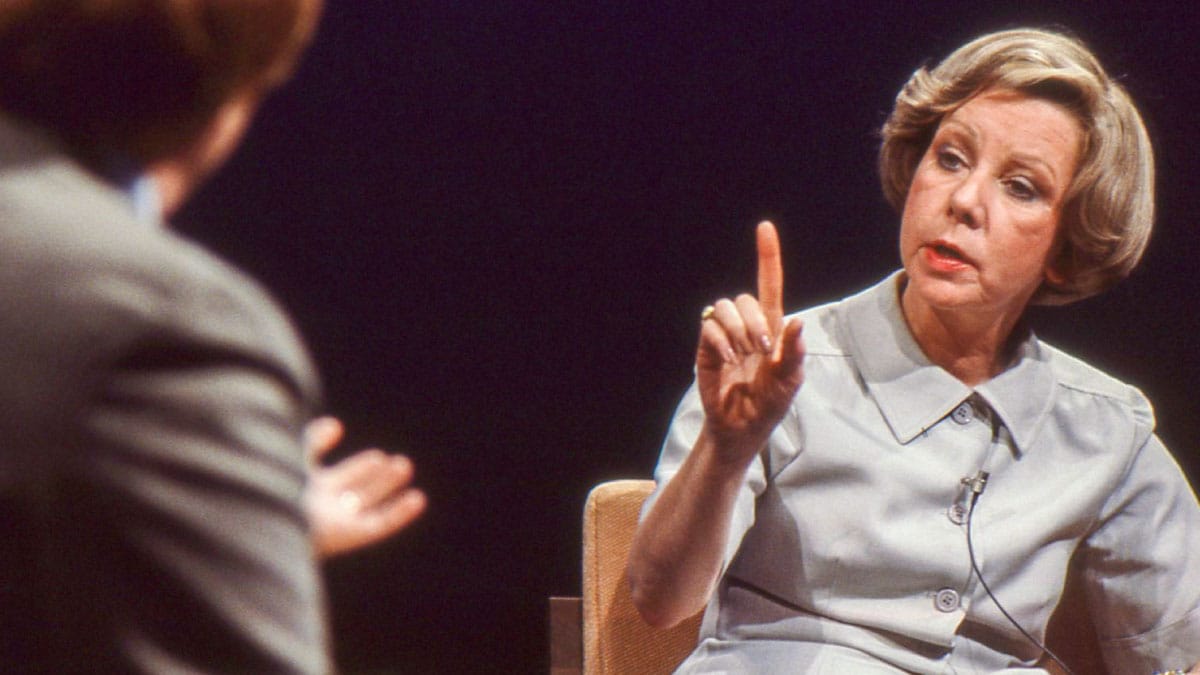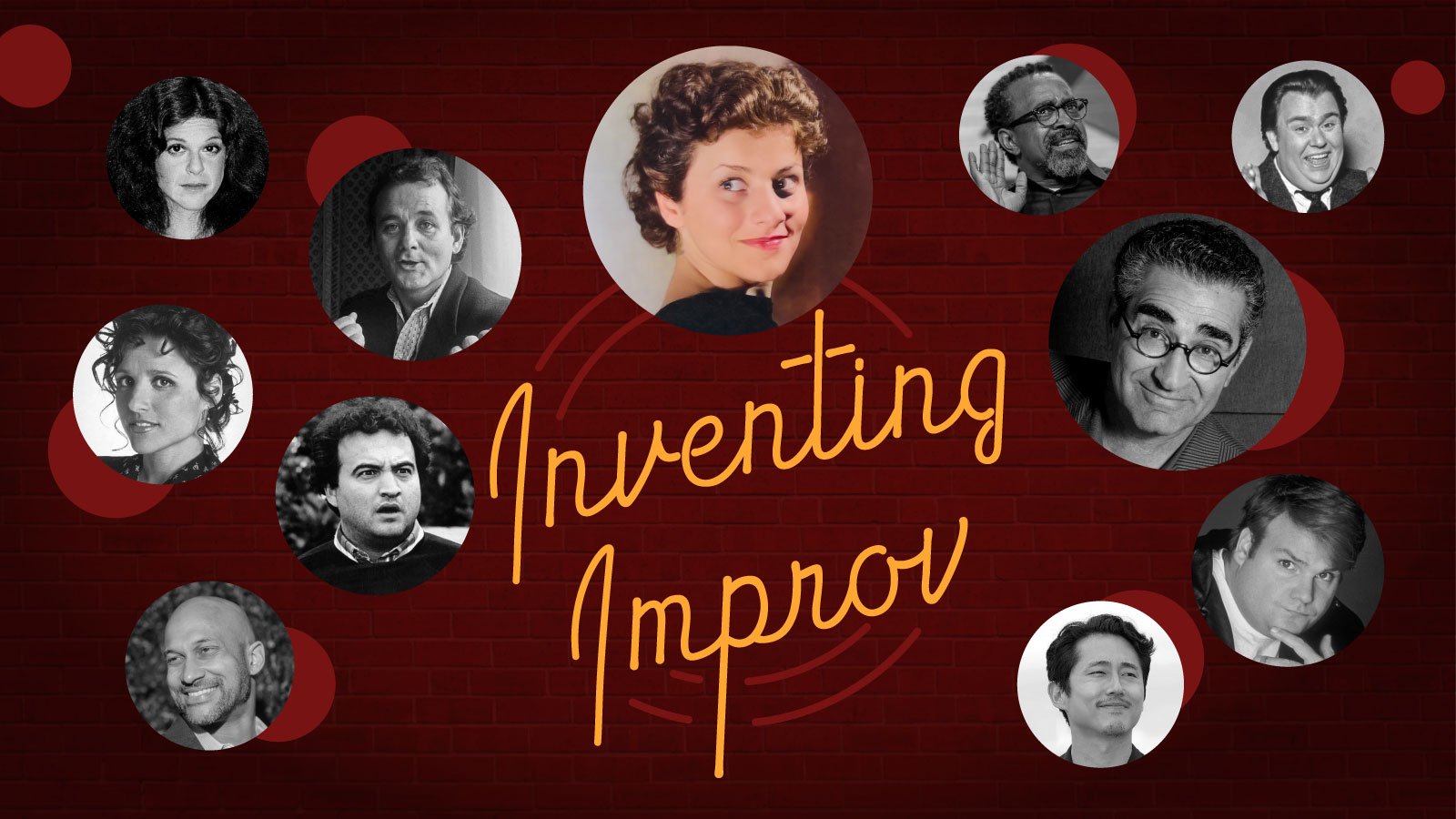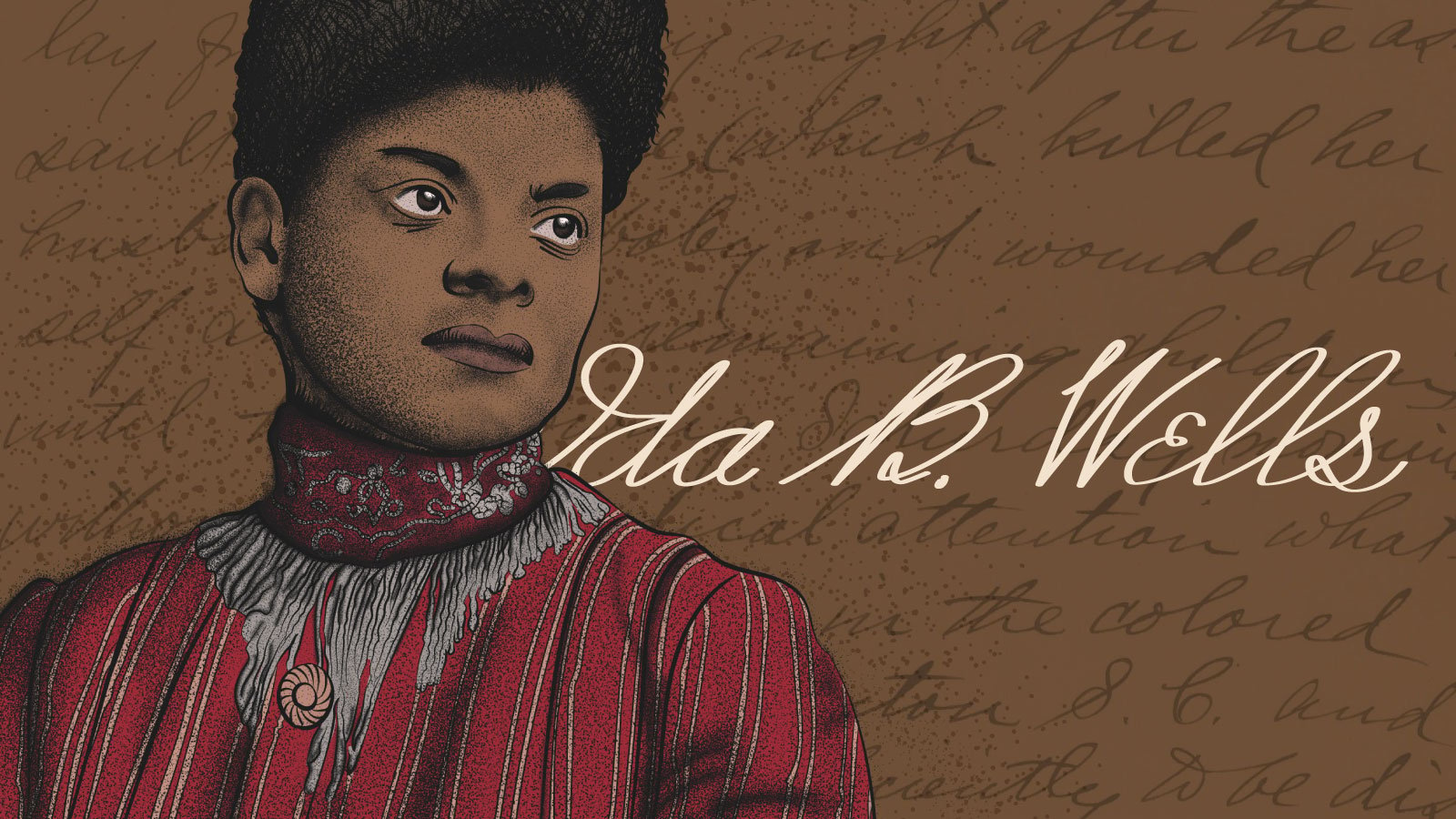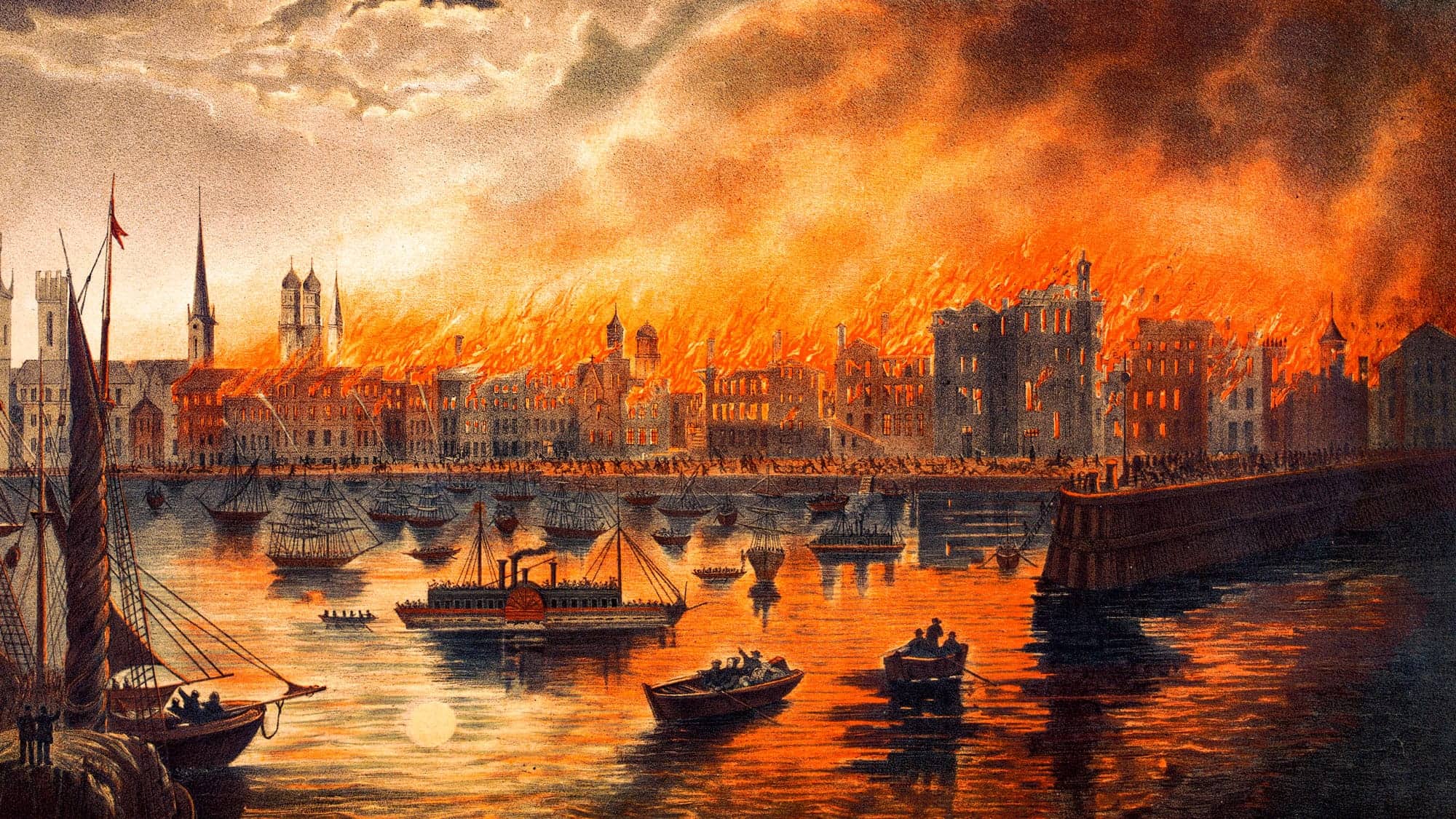In the late nineteenth century, many immigrants came to Chicago in search of jobs in the city’s booming industries. They found work in the garment factories, at the Union Stockyards, or in other industries where the hours were long and the wages were meager. As more and more immigrants from Ireland, Italy, Germany, Bohemia, Russia, Poland, and other European countries arrived, some of the city’s neighborhoods became overcrowded. People often lacked running water, stepping over human and animal waste in the streets to get to and from their often arduous, sometimes dangerous jobs.
But one group of women sought to change all that. In 1888, a young woman named Jane Addams visited Toynbee House, an early settlement house in London. What she saw inspired her. A year later, at the intersection of several immigrant neighborhoods on Halsted Street, Addams and her friend Ellen Gates Starr would open their own settlement house. Settlement houses served as social and cultural centers for poor communities. Their residents were often educated, middle- or upper-class people who immersed themselves in the community. The four women below are just a few of the many women who lived and worked at Hull House who made lasting contributions to the community, to Chicago, and to the world.
Illustrations by Kerry Couch and Casey Stockdon
Jane Addams: Hull House Co-Founder and Busy Reformer

“There’s no one cooler than Jane Addams,” Lisa Yun Lee, executive director of the National Public Housing Museum, told Chicago Stories.
Born in Cedarville, Illinois, in 1860, Laura Jane Addams was the youngest of eight children. Jane’s mother, Sarah, died while pregnant with her ninth child, who also died. Addams lost four other siblings throughout her childhood. As a child, she contracted tuberculosis of the spine and walked with a crooked back and a limp for years. Her father, John, was a wealthy flour and sawmill owner. He was also a state senator and one of the founders of the Illinois Republican Party. He opposed slavery and admired Abraham Lincoln, which shaped Jane’s worldview. Jane also received an education, attending Rockford Female Seminary (known today as Rockford College), where she graduated as valedictorian.
But with Jane fresh out of college, tragedy once again struck a family all too familiar with loss. Jane’s father John died from acute appendicitis while on a family vacation. Jane fell into a deep depression. She also briefly enrolled in medical school, but her ongoing grief and a surgery to alleviate her spinal issues halted those plans.
Louise W. Knight, author of two Jane Addams biographies, told Chicago Stories that with the death of her father, Jane was released from a sense of duty to her family.
“When he died, that freed her up to make decisions about her own future,” Knight said. Addams was not interested in being a wife and mother. She had different ambitions.
It would take a few years to find her footing. The trip to Europe where she and former classmate and close friend Ellen Gates Starr saw East London settlement house Toynbee Hall – the world’s first settlement house – would help put Addams on firmer ground and orient her toward her purpose. Though the poverty Addams witnessed broke her heart, she was inspired by the idea that a group of young, educated people were living amongst the people they hoped to help.
When she founded Hull House with Starr in 1889, Addams had found a new purpose. With the money her father had left her, Addams rented and restored an old mansion, built by Charles Hull, that had fallen into disrepair in the city’s Nineteenth Ward. The mansion sat on the Near West Side, at the convergence of neighborhoods occupied by European immigrants, many of whom were Italian, Greek, Polish, and Russian.
With Hull House, Addams and Starr hoped to provide a space where other educated, privileged women (whom they called “residents”) could volunteer their knowledge and skills with people in the neighborhood, with the goal of uplifting the poor. They especially wanted to offer services for children, who were sometimes left unsupervised while their parents worked difficult, low-paying jobs. Hull House was to be a center for social services, but it was not strictly charity for the community: resident volunteers were to be part of the community.
Ross Stanton Jordan, interim director at the Jane Addams Hull House Museum, said that Addams and Starr were a “curiosity” when they moved into the neighborhood.
“They surprised their middle-class and upper-class peers, and they surprised the immigrants in the neighborhood,” Jordan said.
In Jane Addams book, Twenty Years at Hull-House, she writes that one man called it the “strangest thing” he had ever seen.
“In time it came to seem natural to all of us that the Settlement should be there. If it is natural to feed the hungry and care for the sick, it is certainly natural to give pleasure to the young, comfort the aged, and to minister to the deep-seated craving for social intercourse that all men feel.”— Jane Addams, Twenty Years at Hull-House
By its second year, Hull House served 2,000 residents from the neighborhood each week, according to the Social Welfare History Project. It had a kindergarten, day care, English classes, art classes, and social clubs. Hull House residents helped the community with legal aid, employment, and job skills. By the end of the first decade of the twentieth century, Hull House was more than a house; it had expanded to a complex of 13 buildings, including an art gallery, a labor museum, a gymnasium, a coffee house, a theater, a kitchen, Chicago’s first public playground, and more.
Jane Addams’s prominence grew along with Hull House. Politicians, businessmen, and other reformers wanted to meet Addams. That was in part due to the groundbreaking work of the women of Hull House, said Stacy Lynn, associate editor of the Jane Addams Papers Project. But it was Addams herself who drew people in.
“Jane Addams is that gravity,” Lynn said. “Everybody wanted to know her. They wanted to see what she was doing. They wanted to hear what she had to say about things. That puts her in the middle of so many interesting developments in American history.”
Addams’s work extended beyond the front door of Hull House. She played a major role in establishing other organizations, clubs, and committees, including the American Civil Liberties Union; the Immigrants’ Protective League; the National Consumers League; the National Child Labor Committee; the Federation of Settlements and Neighborhood Centers; the School of Social Work at the University of Chicago; and the Women’s International League for Peace and Freedom. She worked for the National American Women’s Suffrage Association and was one of the founding members of the National Association for the Advancement of Colored People (NAACP). To put it mildly, Jane Addams was busy.
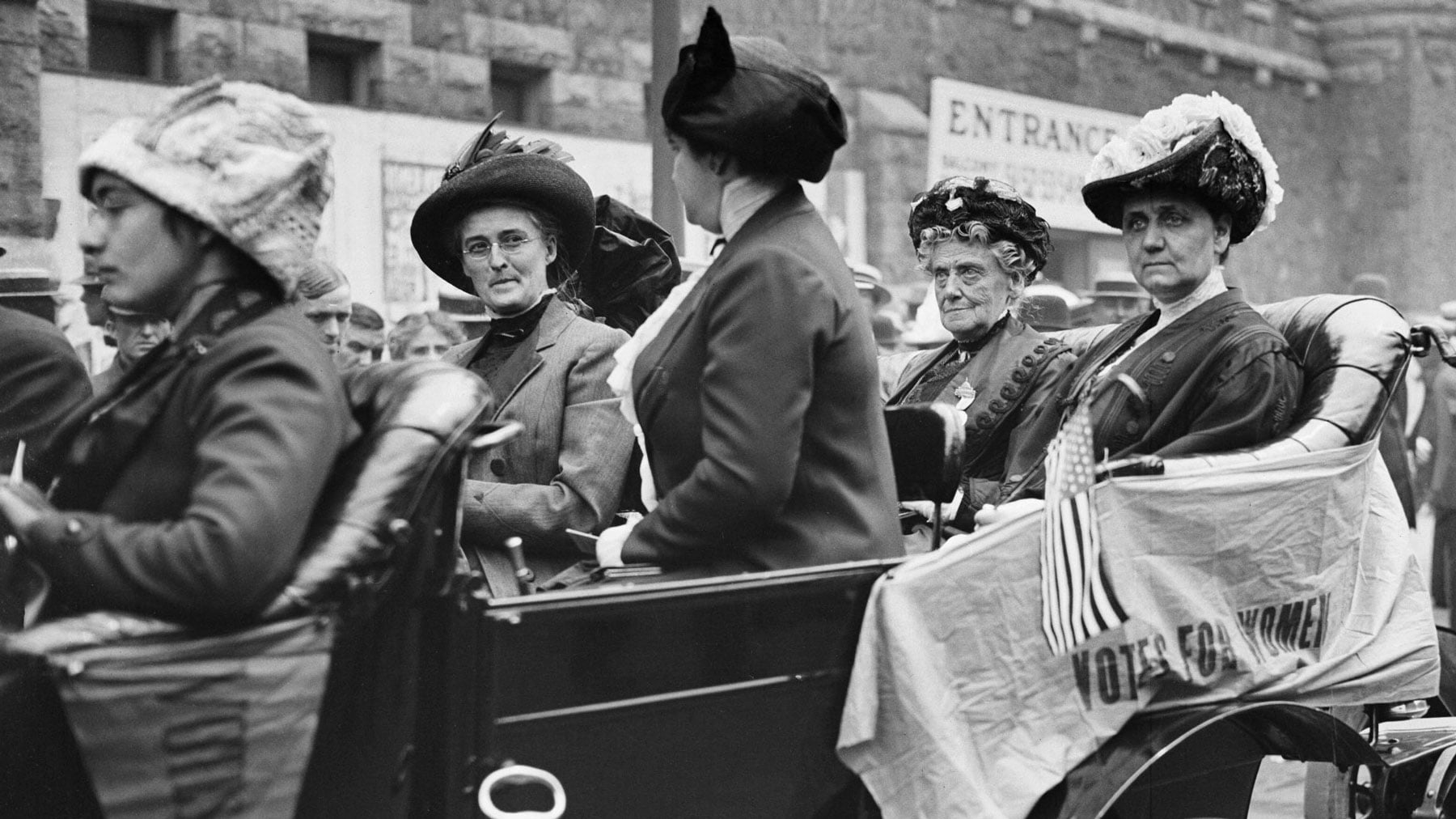
“Jane Addams was deeply pragmatic about her fame. She knew how to deploy it in order to create more social good,” Lynn said. “She wasn’t interested in being a famous, charismatic leader, but she understood that as somebody that people look to, she could actually help drive the issues that people should be thinking about and create a social agenda for the world.”
One such issue to which Addams called attention was women’s suffrage. Though the fight for women’s suffrage began in the generations before her, Addams played an important role by attending marches, leading rallies, and penning columns.
Addams’s life of prominence was not without controversy. During World War I, Addams voiced her opposition to the war at a peace rally at Carnegie Hall in 1915. As the country crept closer toward the conflict in Europe, Addams called for a peaceful resolution. Newspapers denounced her as a traitor. It cost her speaking engagements, and it cost Hull House donors. In 1924, the FBI began investigating Addams and the Women’s International League for Peace and Freedom for treason. FBI director J. Edgar Hoover called Addams “the most dangerous woman in America.”
“Jane Addams was rather radical,” Lynn said. “She's advocating for things that people had never really heard of before” – progressive causes such as equal rights for women, racial equity, and immigrant and workers’ rights.
Eventually, as attitudes toward pacifism changed in America, criticism of Addams ebbed. Four years before her death, as her health declined, Addams was awarded the Nobel Peace Prize for her decades of work, making her the first American woman to receive the honor.
In 1935, Jane Addams died of cancer. Some 20,000 people came to pay their respects as Addams lay in state at Hull House. Today, though the 13-building complex is no more, Hull House exists as a museum, preserving Addams’s legacy.
“She’s a fascinating historical character,” Lynn said. “She’s still relevant today because so [many] of her observations and her ideas and her vision of the possibilities of American promise – equality, inclusion, humanity – you could take so much of what she wrote and modify it slightly for a modern audience, and it would be relevant.”
Julia Lathrop: Social Welfare and Juvenile Justice Advocate
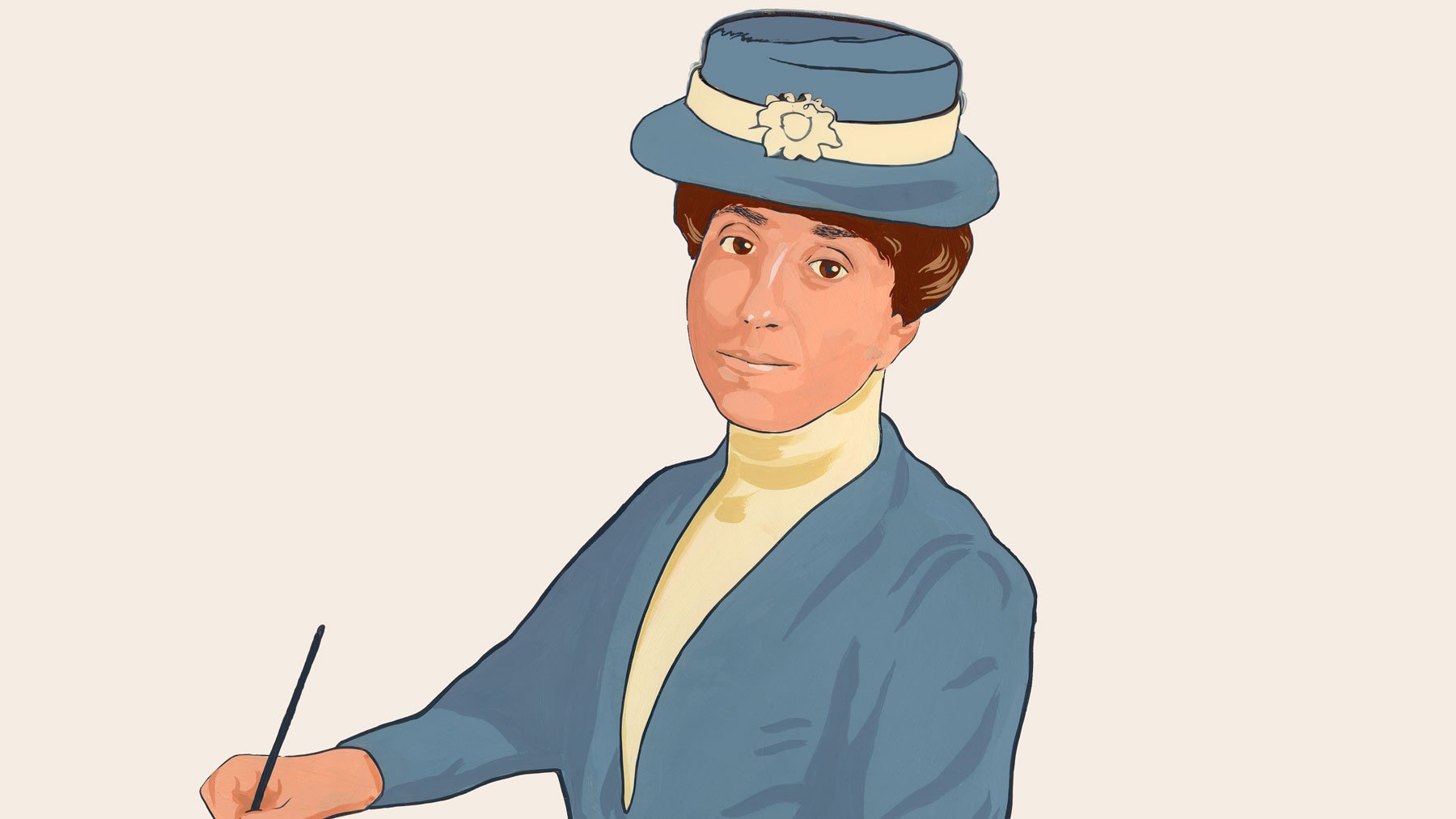
Born in Rockford, Illinois, to a politically active family, Julia Lathrop became an essential part of the Hull House inner circle and a close friend to Jane Addams.
“They called each other sisters,” Lynn told Chicago Stories. “They are a little power duo, those two.”
Lathrop’s father was a lawyer, state representative, and congressman, and her mother was a suffragist. Like Addams and Ellen Gates Starr, Lathrop attended Rockford Female Seminary, though she later transferred to Vassar College. With her interest in social reform, Lathrop was drawn to the work being done at Hull House.
In her first few years at Hull House, Lathrop worked as a volunteer for the Illinois State Board of Charities, where she toured more than 100 poorhouses, mental hospitals, and jails in Cook County and other parts of Illinois. Her reports shined a light on the terrible conditions of those facilities, particularly those housing people with mental illness and children. In Hull House Maps and Papers, Lathrop described the bleak conditions at one mental hospital:
“Can words express more pitiable condition? Certainly there are no creatures in a state of more painful helplessness. Here, as in the infirmary, all appears immaculately clean, and fortunately so, for the construction of the wards is such that only their perfect cleanliness makes them tolerable. Many are long, dark tunnels, in which it is the simple truth to say that sunshine can never penetrate, save for a short distance at either end.”— Julia Lathrop, Hull House Maps and Papers
Also among her findings was the fact that young boys were often imprisoned in adult jails for committing even minor crimes. Many of the children – some as young as 10 years old – were from immigrant families who couldn’t afford to pay the fines. To alleviate this issue, Lathrop and fellow children’s rights activist Lucy Flower worked to establish the first juvenile court system in the country.
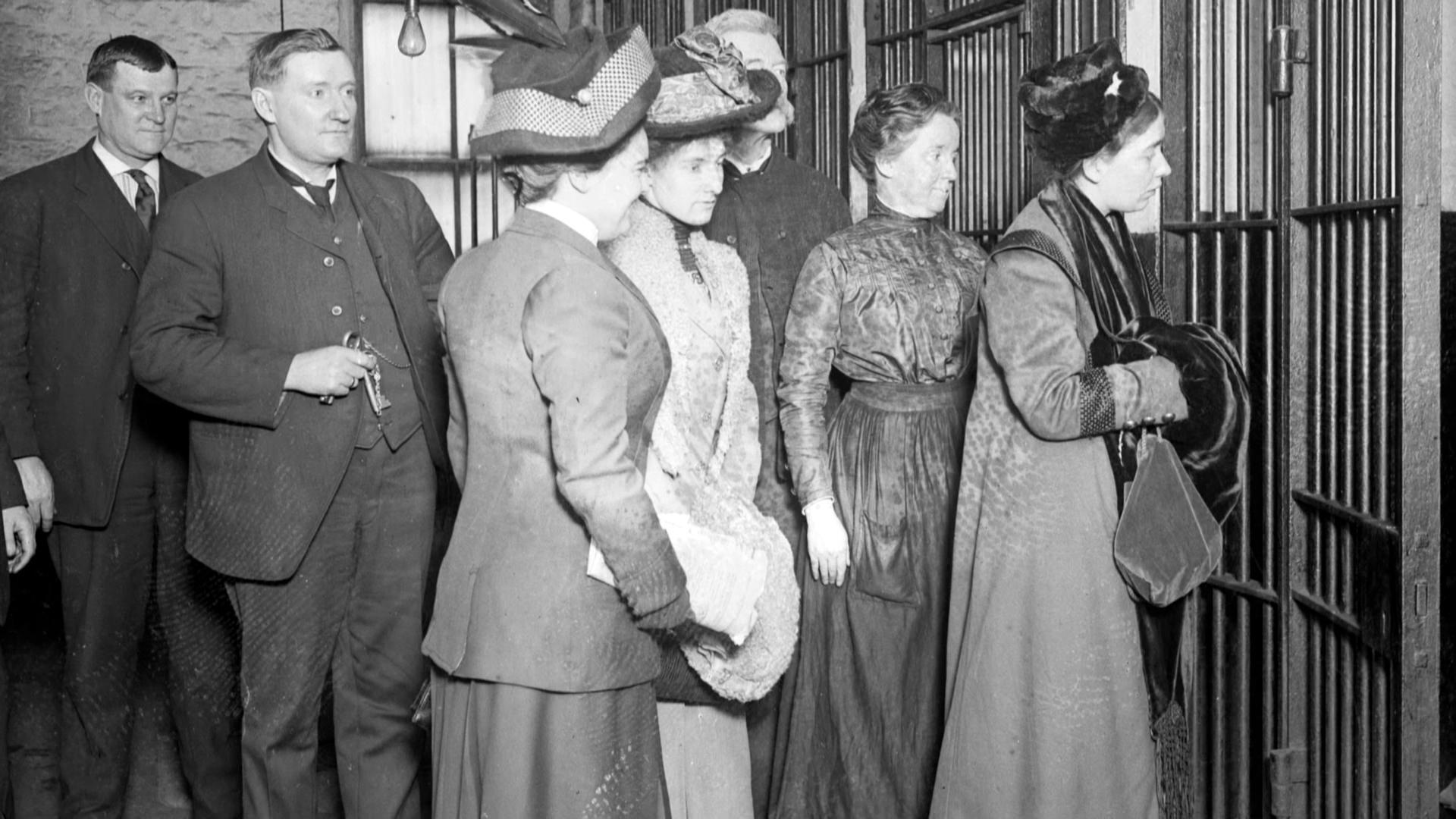
In 1899, they created the Cook County Juvenile Court, which sat across the street from Hull House. In its early years, the system lacked funding, so Hull House residents served as the court’s probation officers and case managers, visiting the children and helping them access social services. Rather than serving jail time, children were sent to reform schools or put in foster care. Chicago’s system became a national model. According to the Jane Addams Papers Project, nearly every state in the country had adopted some form of the juvenile justice system by 1925.
Lathrop’s work in Chicago propelled her to new heights. In 1912, President William Howard Taft appointed Lathrop chief of the Children’s Bureau, a new agency within the Department of Commerce and Labor. This made Lathrop the first woman to lead a federal agency in the United States. She served in that role for nearly a decade, creating child welfare policies and conducting research into issues such as infant mortality, child labor, and juvenile justice. In this role, Lathrop helped pass the country’s first federal social welfare legislation in the Sheppard-Towner Act, which provided federal funds for states to create prenatal and infant care programs.
“Julia Lathrop is the seed of a lot of the child labor issues [and] this idea of childhood as a category,” Lynn said. “A lot of Jane Addams’s later thinking about how, if you save the child, you save the world – that thinking is absolutely straight from Julia Lathrop.”
Florence Kelley: Child Labor Activist and Factory Inspector
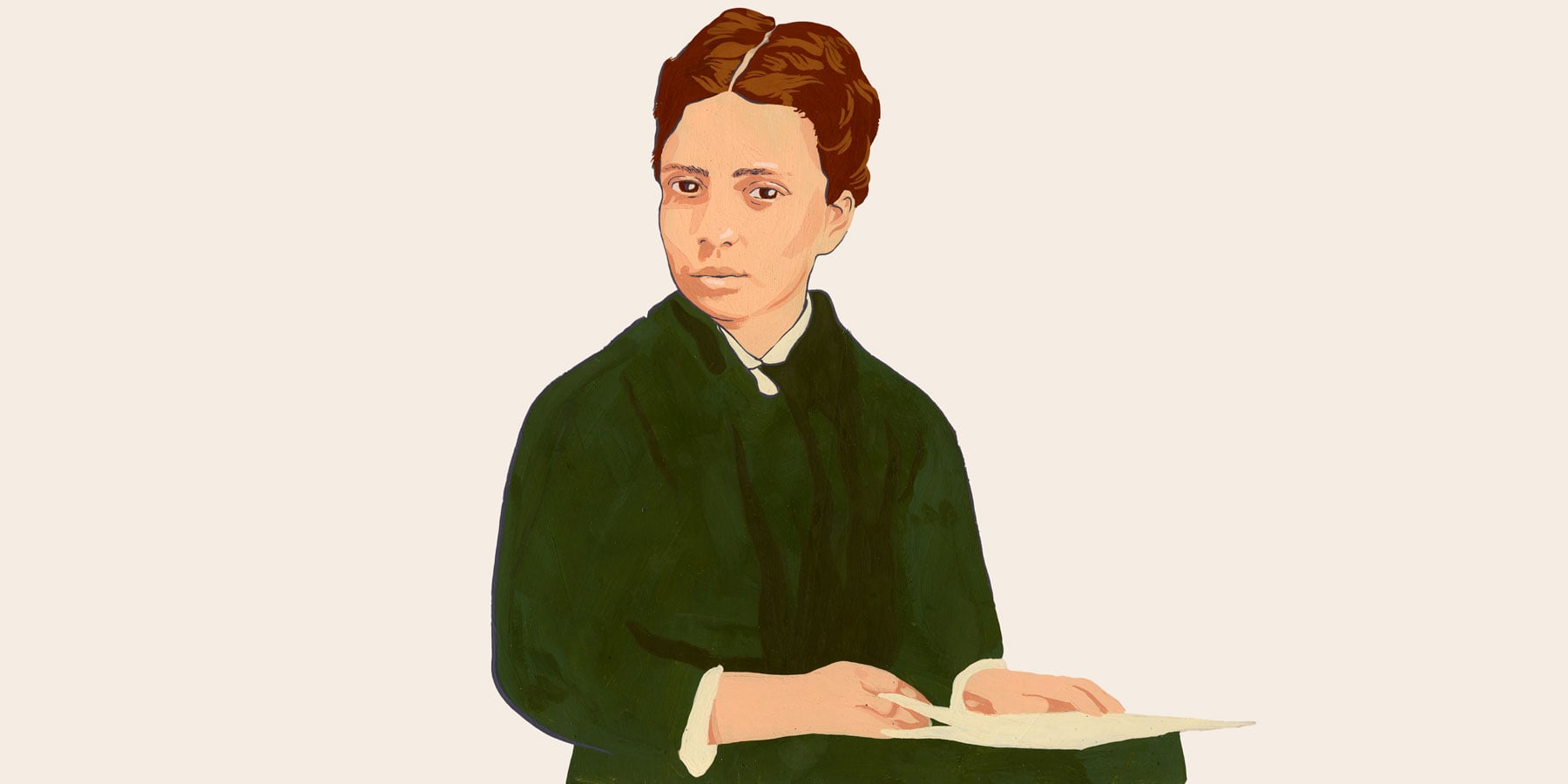
Before she even had the right to vote, Florence Kelley was lobbying the Illinois state legislature.
“Florence Kelley knew that a lot of people weren't going to like what you did, and you had to find a way to turn that in your favor,” Leigh Bienen, senior lecturer at Northwestern University School of Law and author of Florence Kelley and the Children: Factory Inspector in 1890s Chicago, told Chicago Stories. “This is a kind of political gift, which few people have.”
Born in Philadelphia to a politically minded family of abolitionists, Kelley was like other Hull House residents – upper-middle-class and highly educated. At just 16 years old, she attended Cornell University. She also studied at the University of Zurich and later got a law degree from Northwestern. She married and had three children with a medical student she met in Zurich. But her husband was physically abusive, so she fled to Chicago with her children and divorced him.
In Chicago, Kelley joined the movement at Hull House. In the Nineteenth Ward, many of the children worked in sweatshops, particularly in garment factories, to help their families pay the bills.
“Hull House was, we soon discovered, surrounded in every direction by home-work carried on under the sweating system. From the age of eighteen months few children able to sit in high-chairs at tables were safe from being required to pull basting threads.”— Florence Kelley, The Autobiography of Florence Kelley
The working conditions were terrible. Bienen said that these factories were in the slums and set up on the second floor of a house, where the workers would also sometimes live. They lacked running water, sewage, and electricity. Women and children sometimes worked for 10 or more hours a day, earning only 5 cents an hour.
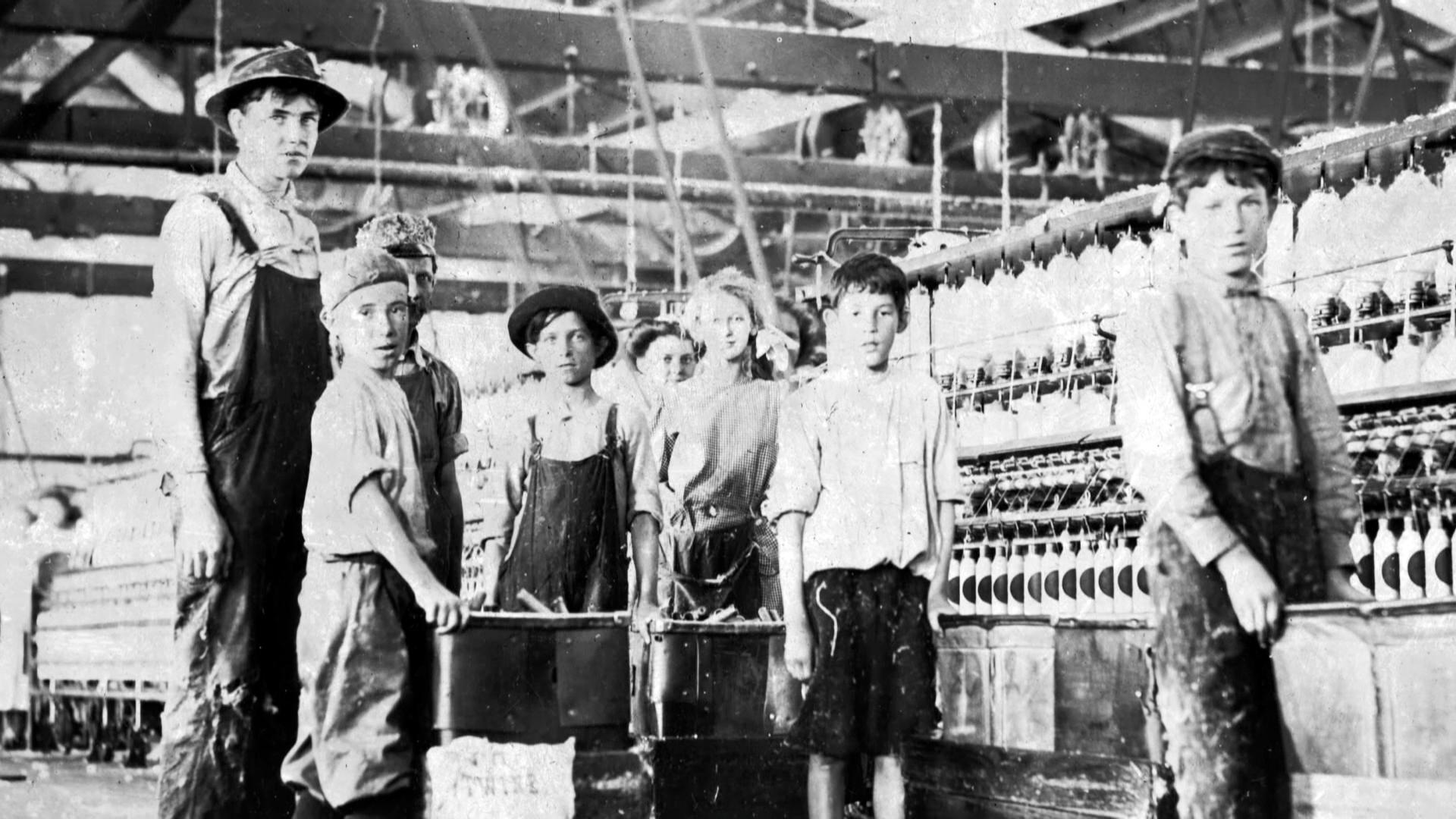
According to Knight, Kelley had previously lobbied state legislatures on the East Coast to adopt child labor laws, so she brought political experience to Hull House. She quickly took up the issue in Illinois, working with the city’s trade unions to achieve child labor reform. But she encountered plenty of resistance from factory owners and also sometimes from the families who relied on their children for income. Kelley used the stories and facts that she gathered from her research in the neighborhood to educate the community.
Kelley began lobbying legislators, using her findings to persuade them. She succeeded. Illinois passed the 1893 Factory Act, which made it illegal to employ children younger than 14. Governor Peter Altgeld then appointed Kelley as the state’s chief factory inspector to ensure that these companies were following the law. It was around this time that Kelley earned her law degree from Northwestern.
In 1899, Kelley left Illinois and moved to New York. There, she lived at Henry Street Settlement House and led the National Consumers’ League, which encouraged people to buy products that treated their employees fairly. Kelley famously said, “To live means to buy, to buy means to have power, to have power means to have responsibility.”
Toward the end of her life, Kelley continued to work to create a federal law that would abolish child labor practices in the United States. In 1938, six years after her death, the Fair Labor Standards Act was signed into law. It created the right to a minimum wage and overtime pay and established certain protections for children under age 16 and 18.
Dr. Alice Hamilton: Public Health Pioneer
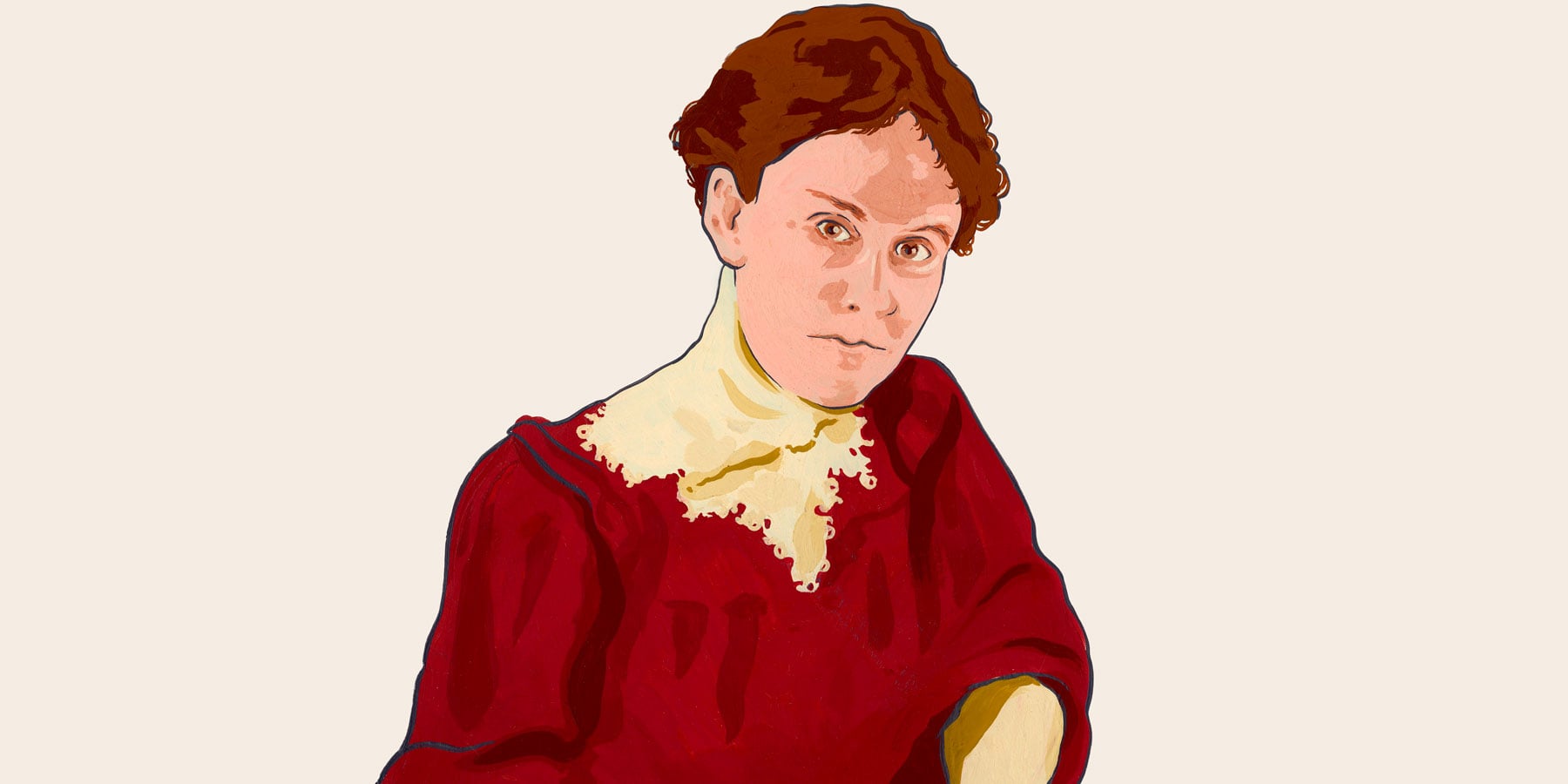
Before she became a trailblazer in public health, Alice Hamilton grew up in an affluent family in Fort Wayne, Indiana. At a time when very few women sought medical degrees (and the ones who did attended women-only schools), Hamilton enrolled at the University of Michigan Medical School, graduating in 1893. She then gained some clinical experience but was drawn to pathology and bacteriology, so she enrolled at German universities that specialized in those fields. While studying in Germany, she was told to make herself “invisible” and was not allowed to obtain a degree.
“It was also my experience at Hull-House that aroused my interest in industrial diseases. Living in a working-class quarter, coming in contact with laborers and their wives, I could not fail to hear tales of the dangers that workingmen faced, of cases of carbon-monoxide gassing in the great steel mills, of painters disabled by lead palsy, of pneumonia and rheumatism among the men in the stockyards.”— Alice Hamilton, Exploring The Dangerous Trades: The Autobiography
Eventually, Hamilton got a job at the Woman’s Medical School at Northwestern, bringing her closer to the work of Jane Addams that she had admired from afar. While still teaching and researching, Hamilton became a resident at Hull House in 1897 where she would stay for the next 18 years. At Hull House, she opened a well-baby clinic for the neighborhood, made house calls, and taught classes.
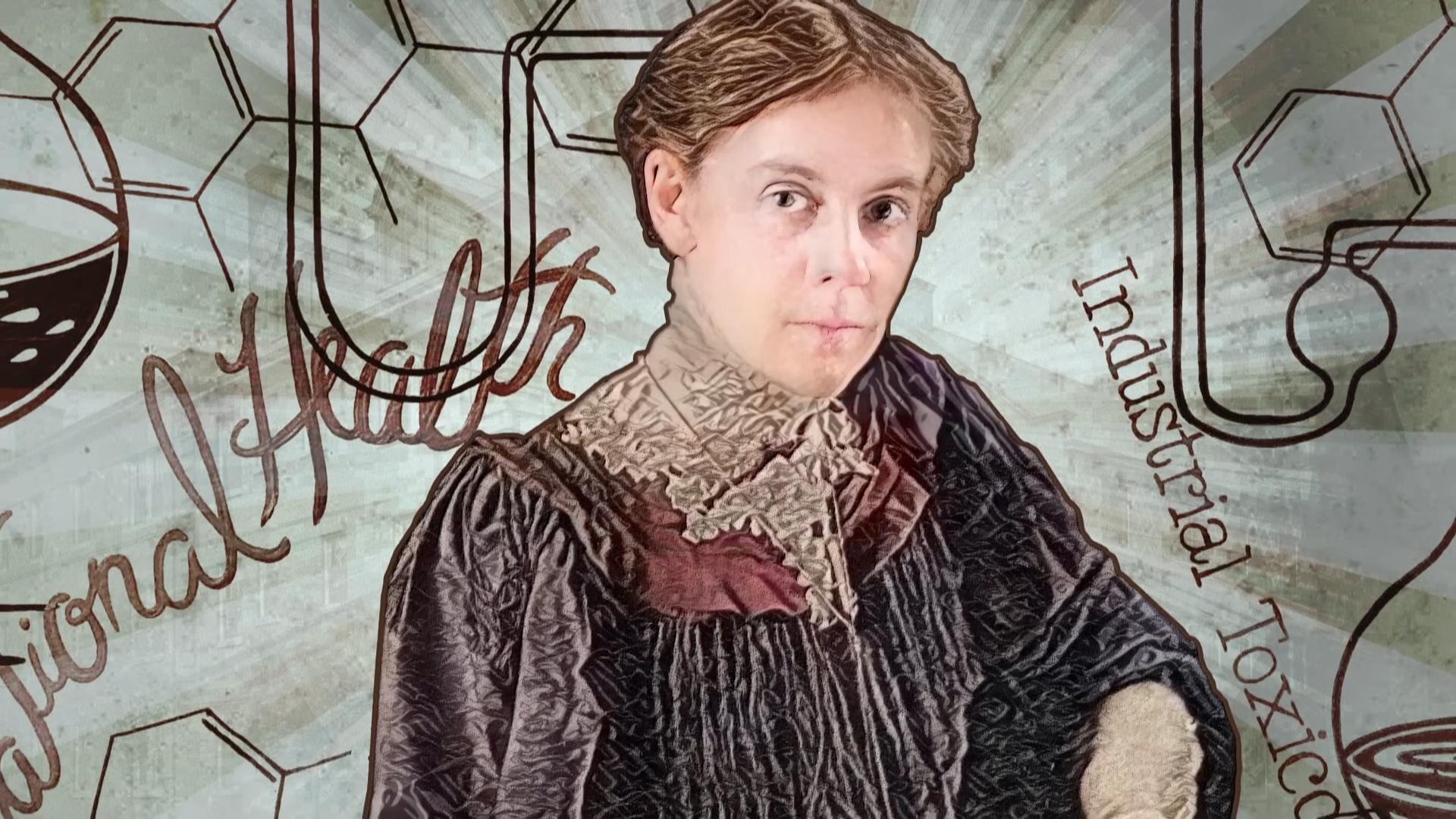
It was while working with the Nineteenth Ward population that Hamilton began to study industrial medicine, uncovering the injuries and illnesses that workers endured – a topic of growing importance following the Industrial Revolution.
Dr. Peter Orris, senior attending physician at the University of Illinois Occupational Health Services Institute, told Chicago Stories that Hamilton looked beyond standard workplace safety issues, such as breaking an arm or falling in a factory.
“She looked at those toxic issues that show up over a longer period of time and are harder for [people] on the street to put together,” Orris said. Hamilton became especially interested in lead exposure and its many impacts, including sterility, birth defects, cancer, and neurological effects. One such effect Hamilton studied was “wrist drop” – a neuropathy that prevented people, in this case the men working in factories, from extending their wrist fully, thereby limiting use of their hand.
“Every article I wrote in those days, every speech I made, is full of pleading for the recognition of lead poisoning as a real and serious medical problem,” Hamilton wrote in her autobiography.
In 1910, Governor Charles Deenan appointed her medical investigator for the Illinois Commission on Occupational Diseases. She conducted the first-of-its-kind, statewide lead study where she used “shoe-leather epidemiology,” knocking on factory doors and visiting homes in the Nineteenth Ward to find the connection between the workplace and the disease. Through her work, Hamilton essentially created the field of industrial medicine. Her work paved the way for the passage of Illinois’s first workers’ compensation law.
In 1919, Hamilton left Hull House when she became the first woman appointed to the faculty of Harvard Medical School, more than two decades before the school accepted women as students.
“She was a role model to those of us in occupational and environmental medicine,” Orris said, “because she found ways of putting her knowledge [and] training to the use not only of individual patients, but to groups of patients.”

